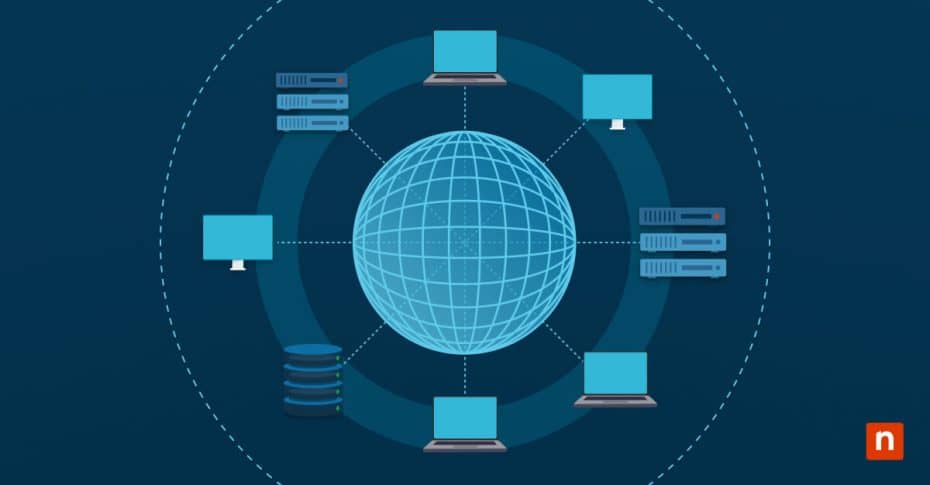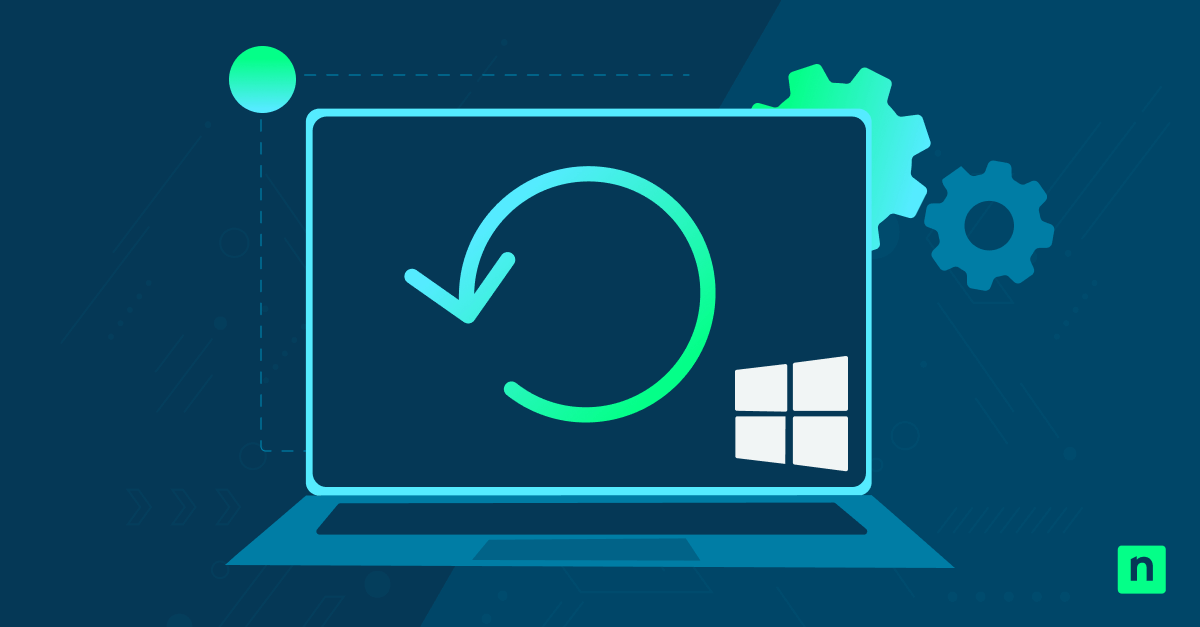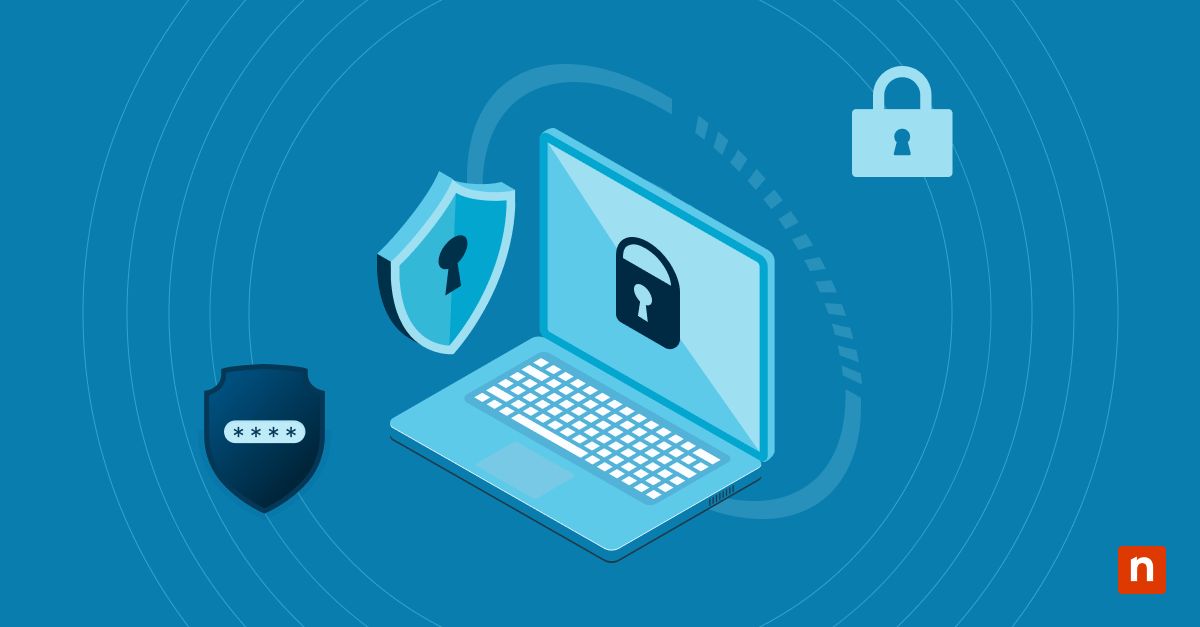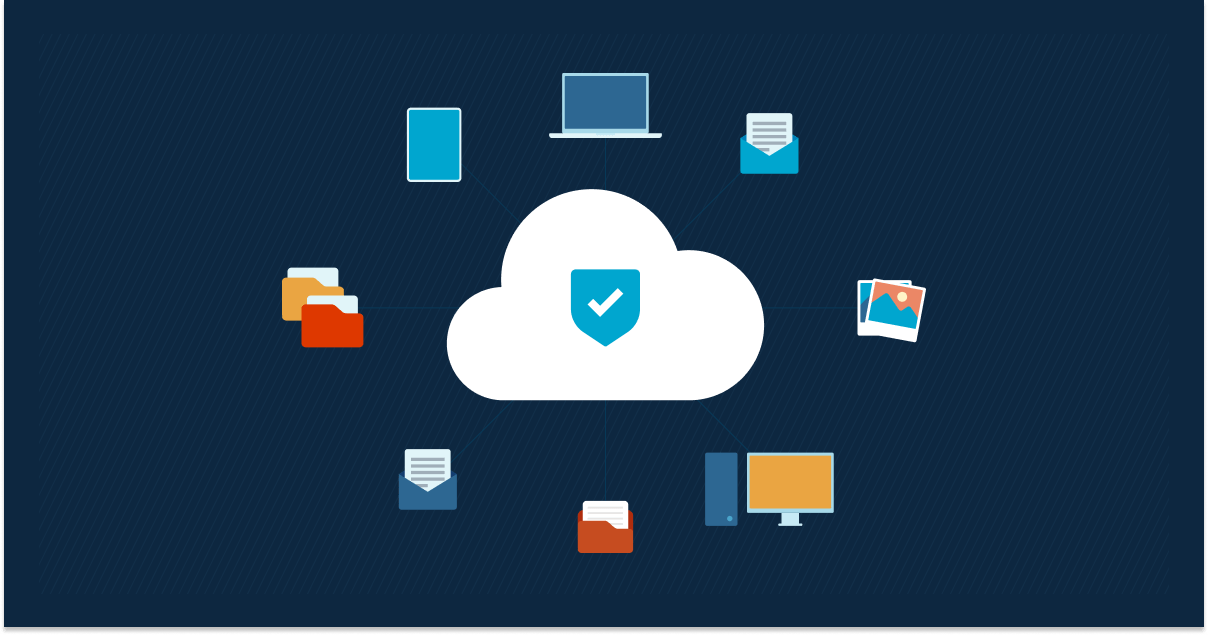Computer networking allows you to connect devices to share files and resources throughout your workplace. With a computer network, your office can better use your budget by sharing an internet connection, printers, copiers, and software between multiple users or even among offices in different locations.
Networking your computers involves connecting devices using cables or wireless media and using different types of protocols in networking to allow connected devices to communicate with each other.
What is a protocol in networking?
Protocols in networking refer to a set of rules and procedures that govern communication between devices on a network, specifying how to send, receive, and format data. A network protocol serves as a common language, ensuring that data is transmitted efficiently and accurately from one point to another, regardless of the hardware, software, or internal processes involved. Protocol support can be coded into software, built into hardware, or both.
Network protocols are required for devices to understand and interpret the information they receive. Protocols make networks within the workplace possible, as well as the modern internet.
What’s the difference between an internet protocol and a network protocol?
Internet protocols are one of the different types of network protocols that are designed specifically for use on the internet. They define how data is sent and received across the internet, ensuring that devices across diverse networks can communicate seamlessly. One of the most common examples of internet protocols is the Transmission Control Protocol/Internet Protocol (TCP/IP), which handle the transmission of data packets and ensures they reach the correct destination
How many protocols are there in networking?
The exact number of protocols is difficult to estimate due to continuous evolution and development of new protocols in networking. There are many different types of network protocols and each one serves a specific purpose that enables complex network infrastructures to continue to operate worldwide.
What are the 3 main types of network protocols?
Network protocols can be broadly classified into three main types:
- Communication
- Network management
- Network security
Each type of protocol serves a specific purpose and plays a crucial role in maintaining the integrity and functionality of a network.
12 common types of network protocols
Beyond these three broad categories of protocols, different types of network protocols handle tasks such as authentication, automation, compression, file transfer, routing, and others. Here’s a network protocols list of the 12 most common types of protocols in networking:
Communications protocols
Communication protocols are responsible for enabling communication between devices on a network. They define how data is formatted, transmitted, received, and interpreted. They also determine the network’s efficiency and handle authentication and error detection. Some of the most commonly used communication protocols include:
- Transmission control protocol (TCP) or internet protocol (IP)
TCP/IP is the foundation of the internet and most home and business networks. This internet protocol allows for internet connectivity. TCP and IP work together to ensure reliable and secure network data transmission. TCP handles the sequencing, error checking, and data flow control, while IP handles the addressing and routing. This suite of protocols helps maintain network reliability by automatically recovering from any device failure on the network and requiring little central management from network administrators.
- Hypertext transfer protocol (HTTP)
HTTP is another internet protocol that transmits hypertext, which is the foundation of the World Wide Web. It enables communication between web servers and web browsers, allowing users to access and interact with websites.
- User datagram protocol (UDP)
UDP is a connectionless protocol commonly used for real-time applications such as video streaming and online gaming. Unlike TCP, UDP does not guarantee data delivery or provide error checking, making it faster but less reliable.
- Internet relay chat (IRC)
IRC is a protocol for real-time communication through text messaging. It allows multiple users to participate in group or private chats in online communities and chat rooms.
Network management protocols
Network management protocols help specify the policies and processes used to monitor, control, and manage network devices and resources, ensuring steady communication and optimal performance. They enable administrators to diagnose and troubleshoot issues, configure network devices, and collect performance data. Some of the common network management protocols include:
- Internet control message protocol (ICMP)
ICMP is a protocol for network diagnostics and troubleshooting. It is primarily used to send error messages and control messages, such as ping requests and responses, to check the availability and responsiveness of network devices.
- Simple network management protocol (SNMP)
SNMP assists in managing and monitoring network devices. It allows administrators to gather performance data, configure settings, receive notifications, and troubleshoot the performance and health of devices.
Network security protocols
The main function of network security protocols is to keep data safe and secure and ensure availability as it travels over network connections. They also authenticate users and devices and establish secure connections. The type of protocol used depends on the data and the type of connection. Commonly used network security protocols include:
- Secure file transfer protocol (SFTP)
The SFTP protocol provides secure file transfer capabilities over a network using encryption to protect data during transmission. SFTP ensures that only authorized users can access and transfer files.
- Secure sockets layer (SSL)
SSL is a protocol that provides secure communication over the Internet. It encrypts data transmitted between web servers and web browsers and prevents unauthorized access and eavesdropping.
- HTTP secure (HTTPS)
A secure version of HTTP, HTTPS uses SSL/TLS encryption to protect the confidentiality and integrity of data transmitted between a web server and a web browser. This protocol is commonly used for secure online transactions, such as online banking and e-commerce.
Other types of network protocols
Apart from the main types mentioned above, several other network protocols serve specific purposes, including:
- Post office protocol (POP)
POP is used to retrieve emails from a mail server and allows users to download emails from the server to their local devices.
- Internet message access protocol (IMAP)
IMAP is another protocol for accessing and managing email messages stored on a mail server. Unlike POP, IMAP allows users to view and manipulate emails on the server without downloading them.
- Dynamic host configuration protocol (DHCP)
DHCP automatically assigns IP addresses and network configuration settings to devices on a network. It eliminates the need for manual IP address assignment, thereby simplifying network configuration.
Choosing the right network protocol for the right application
With a wide variety of protocols in networking available, choosing the right one for a specific application is crucial. Consider factors like data transmission requirements, security needs, network infrastructure, and remote connections. It is essential to understand the capabilities and limitations of different types of protocols to make an informed decision.
Consider the example of the internet protocol, HTTP which is used for transmitting web pages over the internet. While HTTP is a common protocol in networking, its secure variant HTTPs is a better option for web pages that require higher levels of security, such as e-commerce payments and other online financial transactions. This is because HTTPS encrypts transmitted data, preventing cybercriminals from deciphering sensitive data in transit.
Secure and optimize network with network monitoring software
Internet protocols and other protocols in networking are vital for connectivity and network security. This is especially true for businesses as optimizing network performance and security protects sensitive data and improves efficiency by reducing latency and boosting network speed.
Rated as the no.1 network monitoring software on G2, NinjaOne Networking Monitoring and Management offers complete visibility into your organization’s network infrastructure and SNMP devices. NinjaOne’s user-friendly dashboard offers real-time information and alerts technicians of any issues, allowing them to resolve any network errors quickly. See how NinjaOne acts as a force multiplier to boost your IT efficiency. Watch a demo or sign up for a 14-day free trial.
Types of network protocols FAQs
What is the purpose of a networking protocol?
Protocols in networking establish a set of rules and conventions for data exchange across networks, ensuring that devices can communicate effectively and efficiently. Network protocols define how data is formatted, transmitted, received, and acknowledged, providing a framework for different systems as well as hardware and software components within a network to remain interoperable. Other protocols in networking also help secure the network by implementing encryption and ensuring that data packets are transmitted in the correct sequence, preventing data loss or corruption.
What are examples of internet protocols?
As mentioned above in our network protocols list, one of the most widely used internet protocols is TCP/IP, which breaks down messages into smaller packets before they are sent and then routes those packets to ensure they reach the correct destination. Domain Name System (DNS) protocol is a crucial example of internet protocols as it translates human-friendly domain names into IP addresses, allowing users to access websites using easy-to-remember names instead of numerical IP addresses.
Is FTP safe for transferring files?
The File Transfer Protocol (FTP) is an internet protocol that is the most widely used method for transferring files over the internet. However, FTP transmits data, including usernames and passwords, in plain text. Thus, FTP is not safe for file transfers as hackers can easily intercept the data sent. Instead, users can utilize Secure FTP (SFTP) or FTP Secure (FTPS) which encrypt sensitive files in transit to prevent cybercriminals from intercepting them.
What are the 4 layers of network protocols?
The TCP/IP model categorizes internet protocols into 4 layers:
1. Network Access Layer
This layer includes protocols that operate on a local network segment, handling the physical transmission of data over network hardware.
2. Internet Layer
This layer is responsible for logical addressing and routing, ensuring that data packets are forwarded from the source to the destination across interconnected networks. This layer is where an IP address is generated for identification within the network.
3. Transport Layer
This layer is responsible for dividing data into packets and then ensuring data integrity. This layer includes protocols like TCP and UDP.
4. Application Layer
This layer contains protocols used by applications to communicate over the network such as HTTP for web browsing, FTP for file transfers, and DNS for domain name resolution, enabling seamless interaction between user applications and the network infrastructure.








